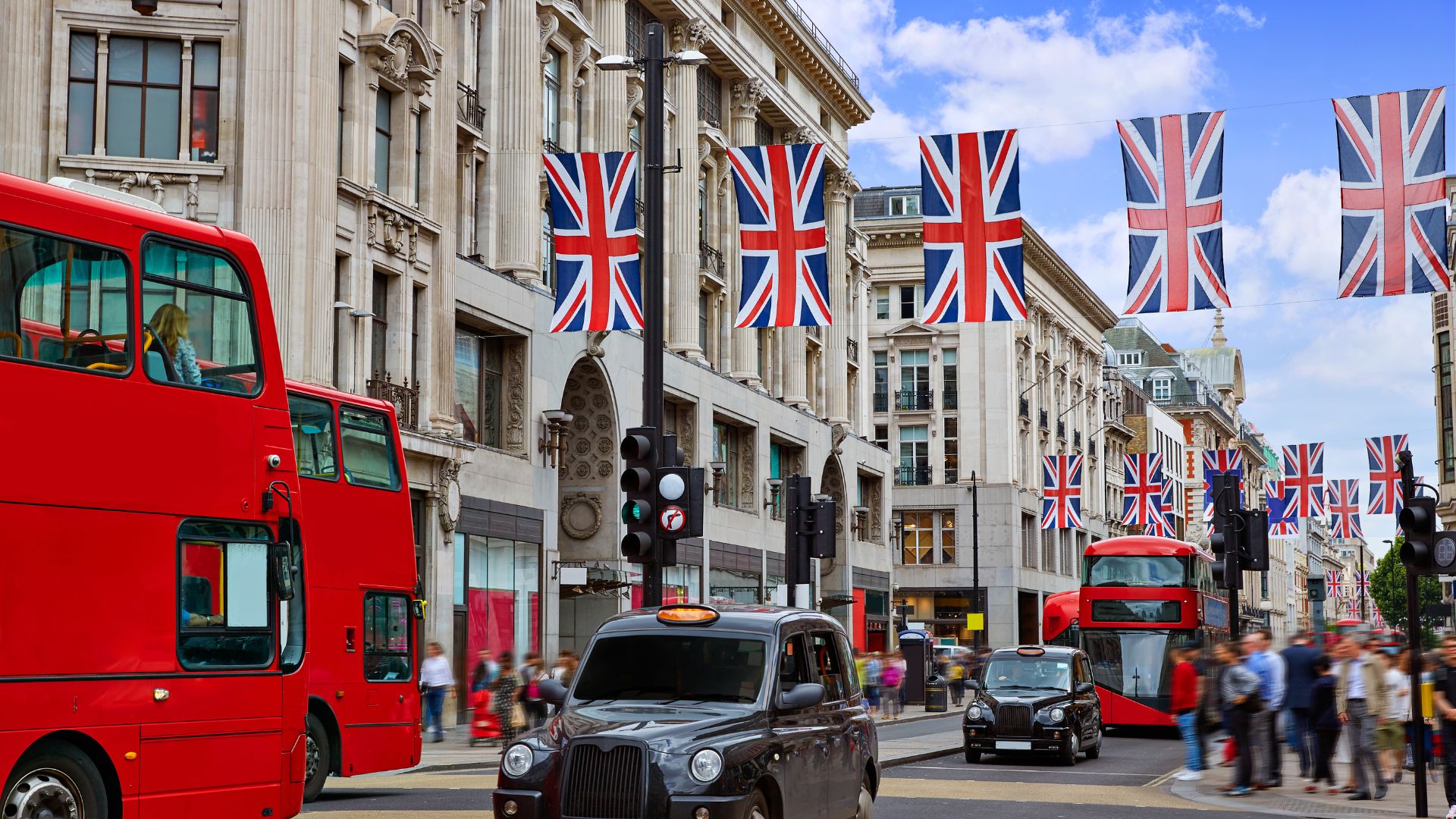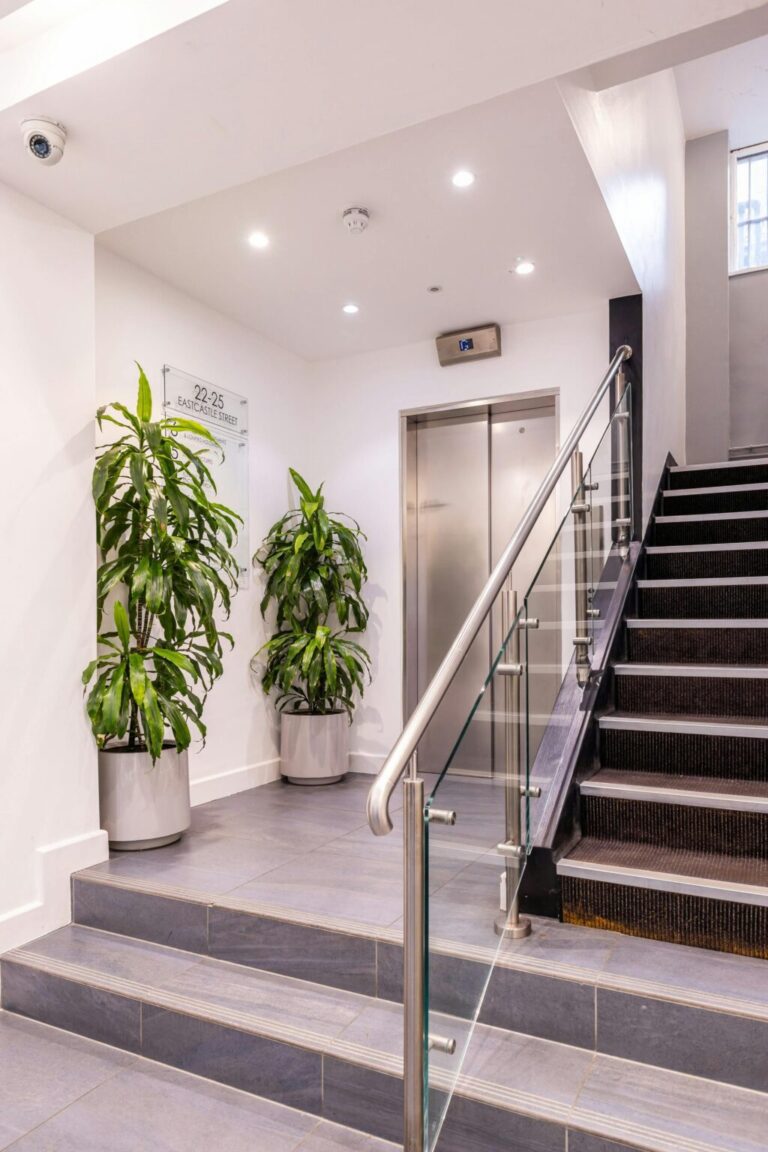Oxford Street pedestrianisation: Opportunities for retailers and businesses nearby

Oxford Street – the UK’s most famous retail avenue – is on the brink of its biggest transformation in generations. Backed by the Mayor of London and Transport for London (TfL), plans to pedestrianise large parts of the street are now firmly underway, following overwhelming public and business support.
The move will turn one of the world’s busiest shopping corridors into a cleaner, more accessible, and experience-led environment, reshaping how people move, shop, and work across the West End.
For retailers, landlords, and businesses in nearby districts such as Fitzrovia, Marylebone, and Soho, this marks more than a traffic change – it signals a strategic opportunity. With the creation of a Mayoral Development Corporation (MDC) and new investment flowing into the area, the pedestrianisation of Oxford Street is poised to unlock new growth potential for Central London’s commercial landscape.
The new Oxford Street - what’s changing
Plans are now in motion to turn Oxford Street into a pedestrian-first boulevard (1). Following a consultation where nearly 70% of respondents backed the idea, Transport for London (TfL) has taken over as the street’s highway authority, paving the way for major works.
The first phase, between Oxford Circus and Orchard Street, could begin as early as 2026. Traffic will be rerouted, new public spaces introduced, and space opened up for cafés, pop-ups, and outdoor events.
This transformation aims to boost footfall, air quality, and the overall appeal of Oxford Street offices and the surrounding retail space, making it one of the best shopping streets in London (2).
As the area regenerates, retail rental prices are expected to rise, attracting high-end brands and increasing demand for commercial spaces like Virgin Media O2’s flagship stores (3).
Benefits beyond the street — what it means for nearby areas
While the transformation of Oxford Street itself is headline-making, its ripple effects across adjacent districts are equally meaningful — specifically for areas like Fitzrovia, Marylebone and Soho. These neighbourhoods stand to benefit from improved connectivity, cleaner air, quieter streets and enhanced pedestrian flows.
Fitzrovia
Fitzrovia is increasingly positioned as a creative business hub: lifestyle retailers, design-brands, and flexible office occupiers may find appeal in its proximity to Oxford Street yet relative freedom from the congestion of the main thoroughfare.
Marylebone
Marylebone’s premium, boutique character lends itself to companies in wellness, boutique retail or professional services that value a calm but central address. As the pedestrianisation of Oxford Street improves the broader public realm, Marylebone becomes an attractive secondary node where amenities and prestige converge.
Soho
Soho is already a focal point for food & beverage, entertainment and flexible workspace. With increased spill-over pedestrian traffic from Oxford Street, the area could support new café and restaurant concepts, immersive hospitality uses and hybrid work environments that capitalise on the pedestrian-friendly momentum.
From an investor or landlord perspective, the combined effect is a more resilient ecosystem.
Opportunities for investors and landlords
- For prime retail landlords on Oxford Street: expect rising demand and rental re-benchmarking as the street becomes more attractive and competitive globally.
- For office investors in adjacent districts: improved environment means higher amenity value, which supports rental growth or repositioning (creative offices, hybrid work).
- For mixed-use property owners / developers: now is a good time to evaluate repurposing under-used upper-floors (e.g., offices above retail) or converting to more dynamic uses given the planned uplift in the area.
- For portfolio diversification: consider holding assets outside the absolute core of Oxford Street (Fitzrovia, Marylebone, Soho) to capture upside while balancing entry cost and risk.

Finding your next Central London address?
As Oxford Street and its surrounding districts evolve, now is the time to secure your position at the heart of London’s most dynamic commercial transformation.
Whether you’re a retailer seeking a flagship location, a brand looking to expand into experiential spaces, or a business searching for flexible Oxford Street offices, the opportunities across Fitzrovia, Marylebone, and Soho are growing fast.
As Oxford Street and its surrounding districts evolve, now is the time to secure your position at the heart of London’s most dynamic commercial transformation.
Whether you’re a retailer seeking a flagship location, a brand looking to expand into experiential spaces, or a business searching for flexible Oxford Street offices, the opportunities across Fitzrovia, Marylebone, and Soho are growing fast.